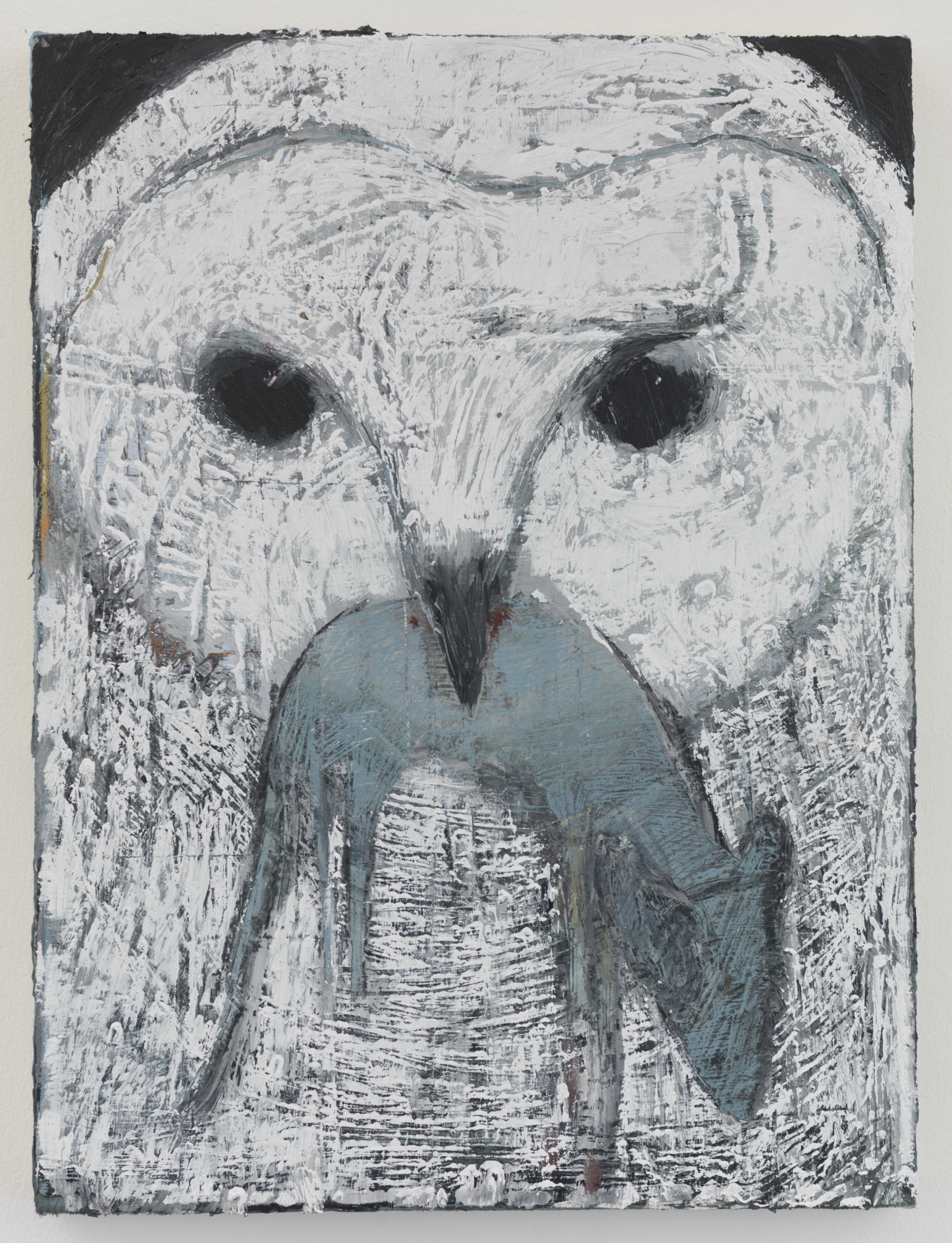Painting
Oil and watercolor on canvas
40.6 x 30.5 (厘米)
16.0 x 12.0 (吋)

